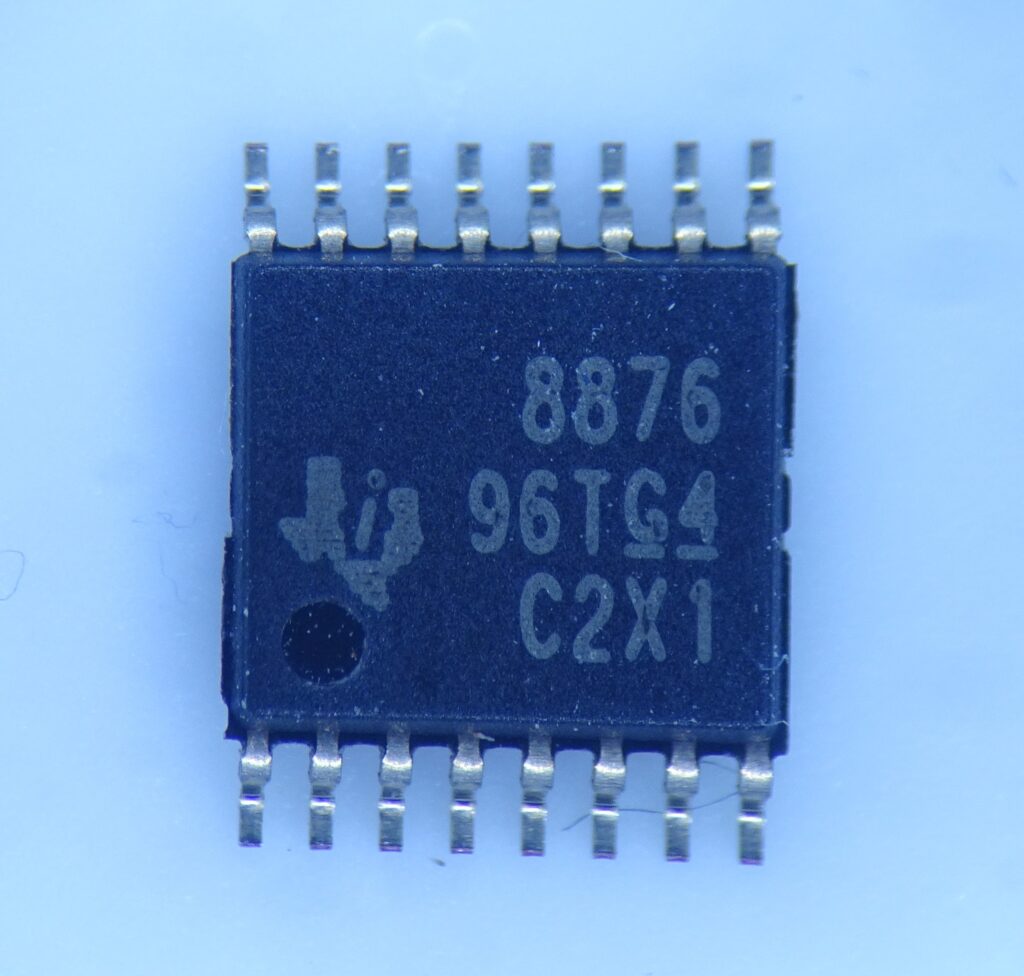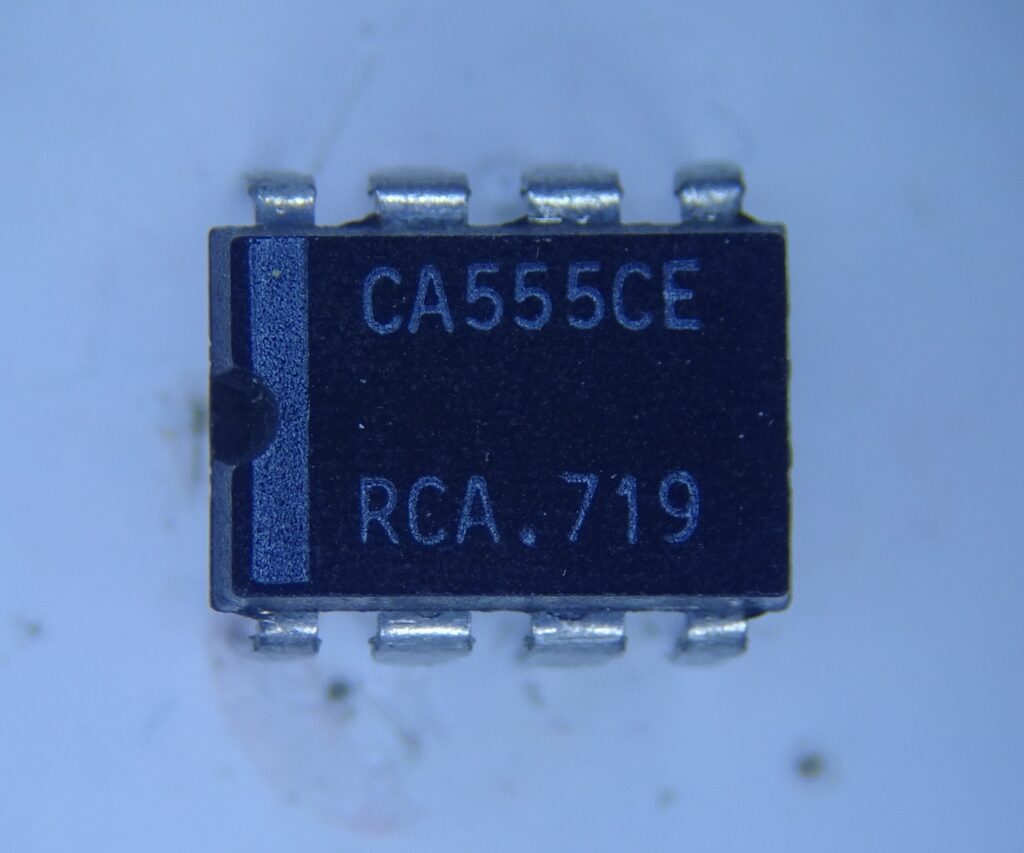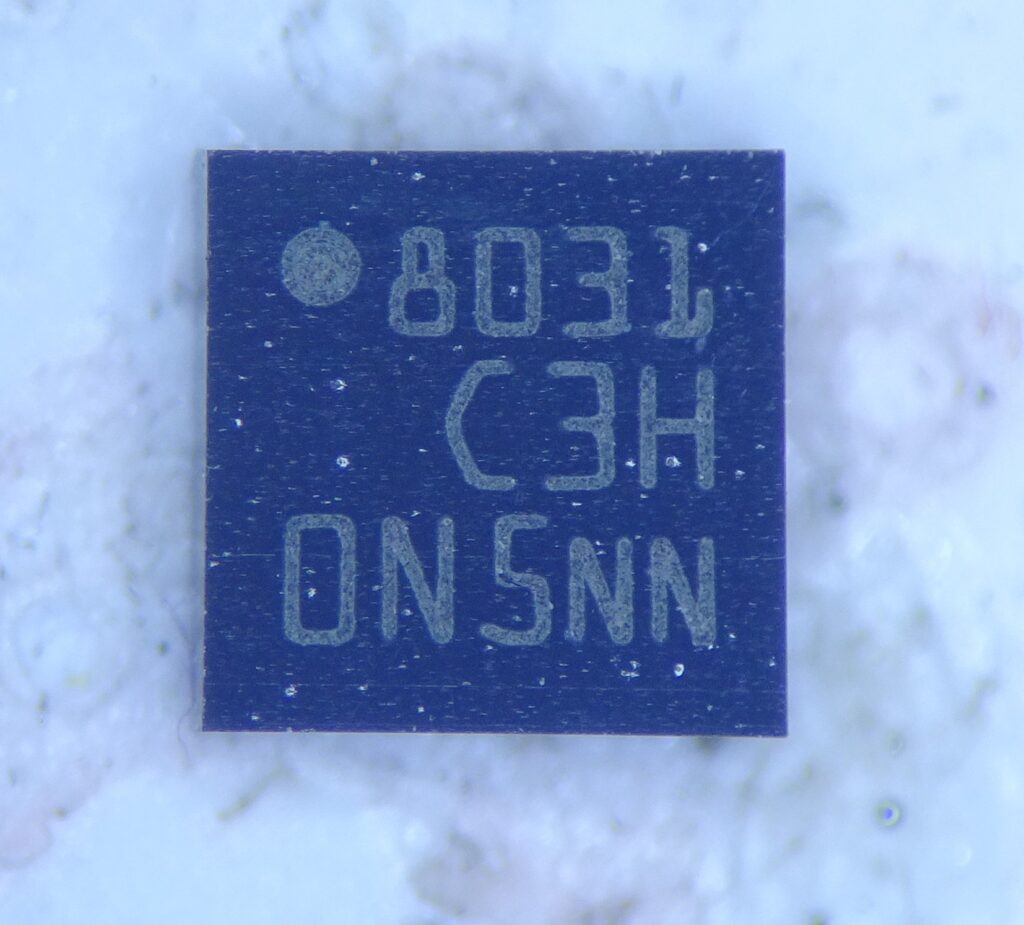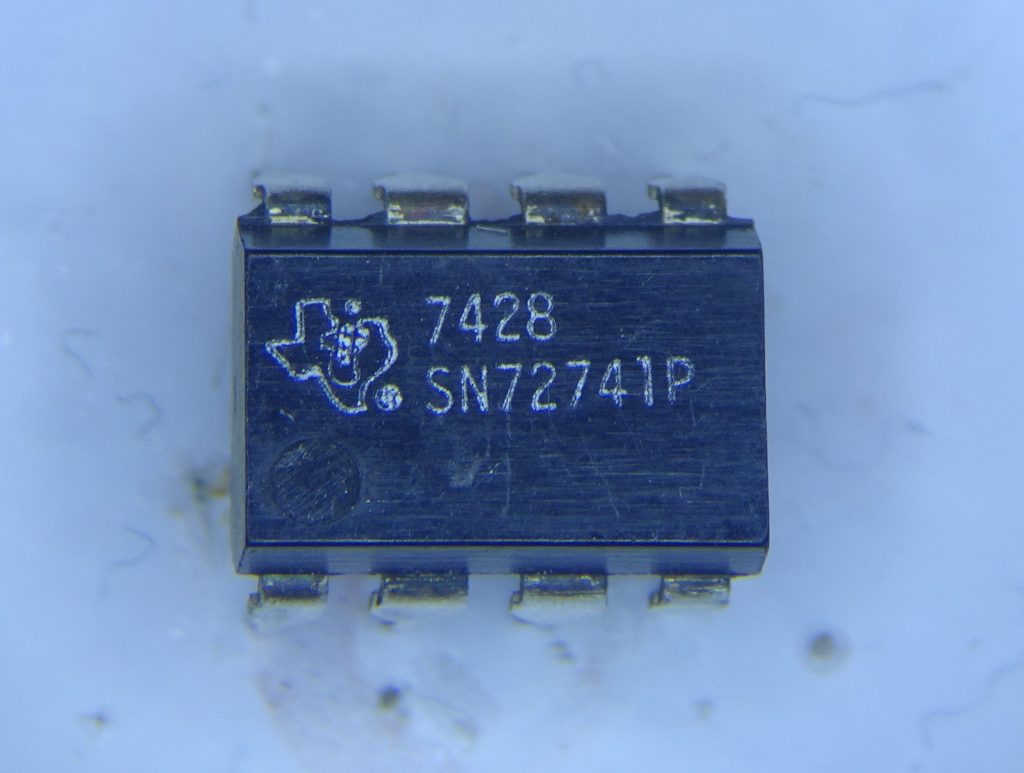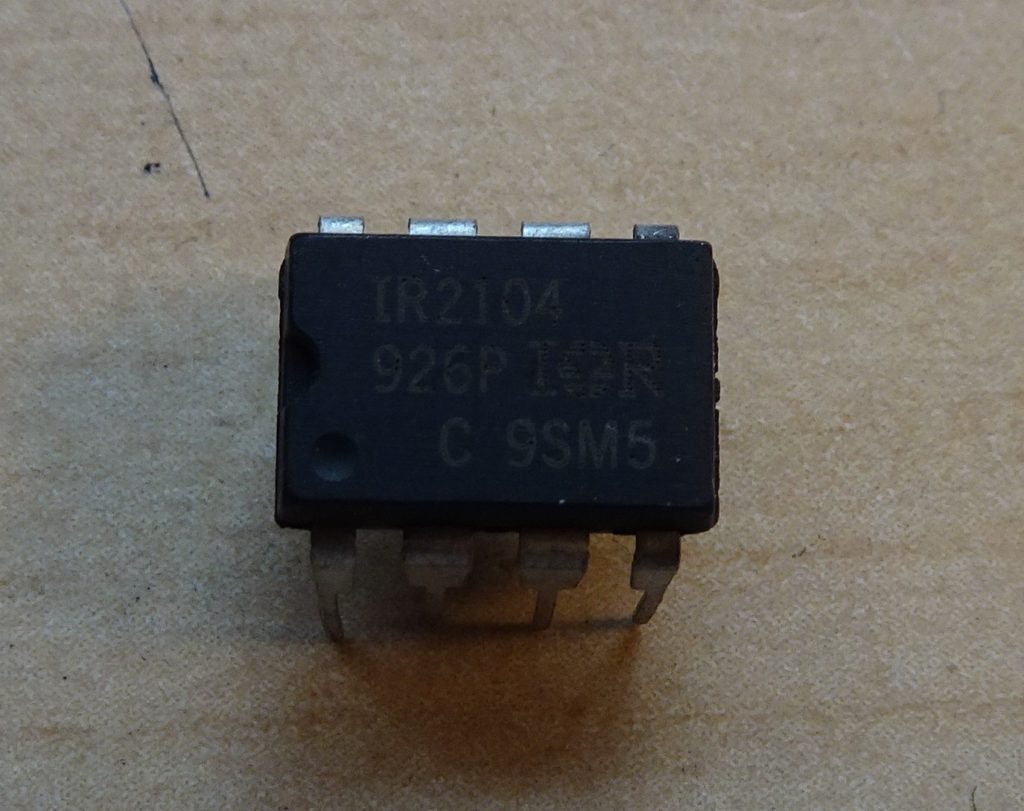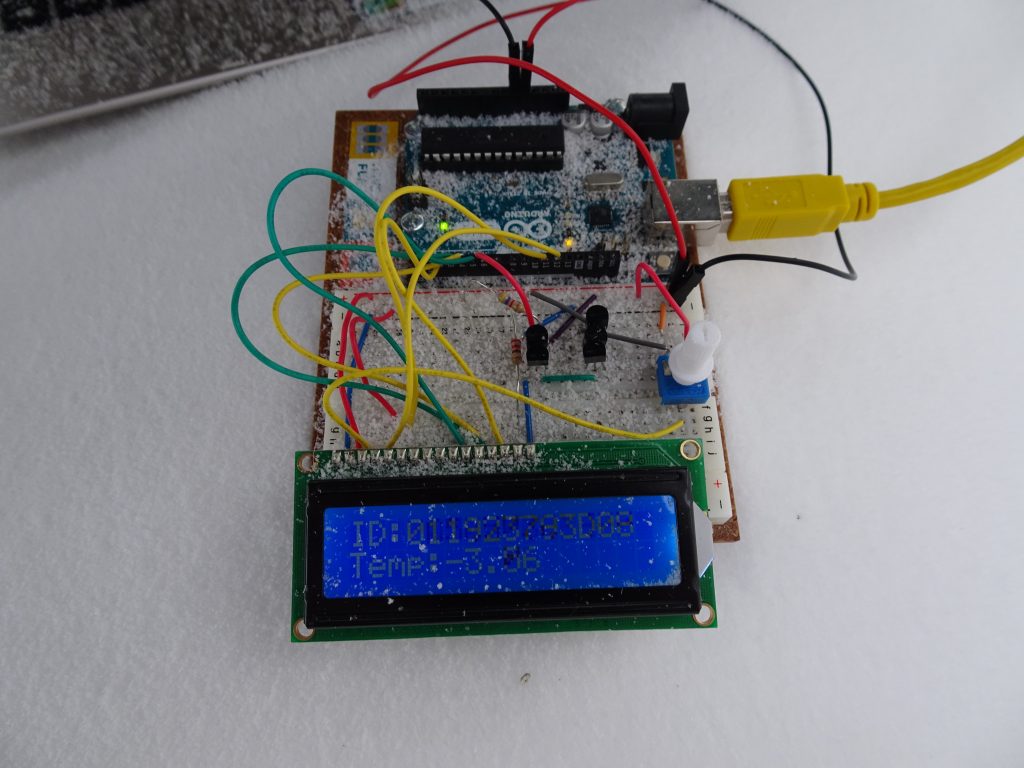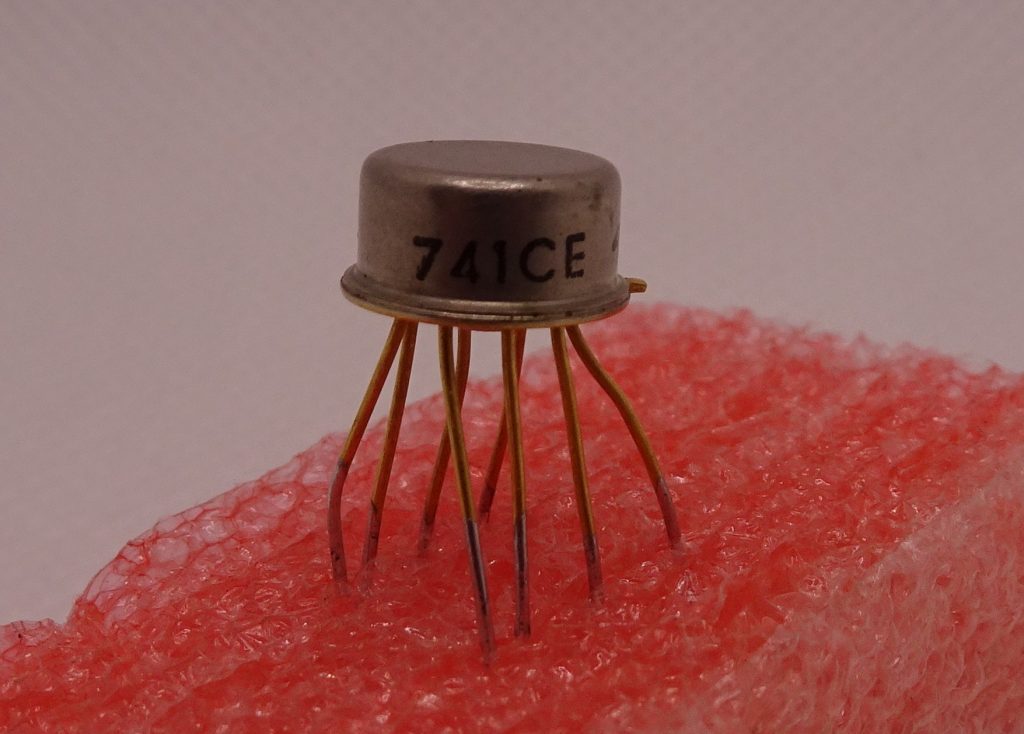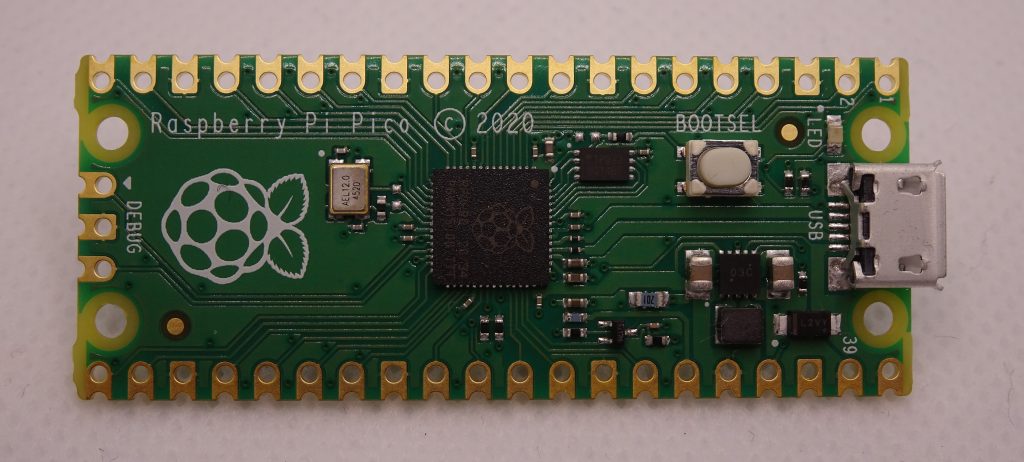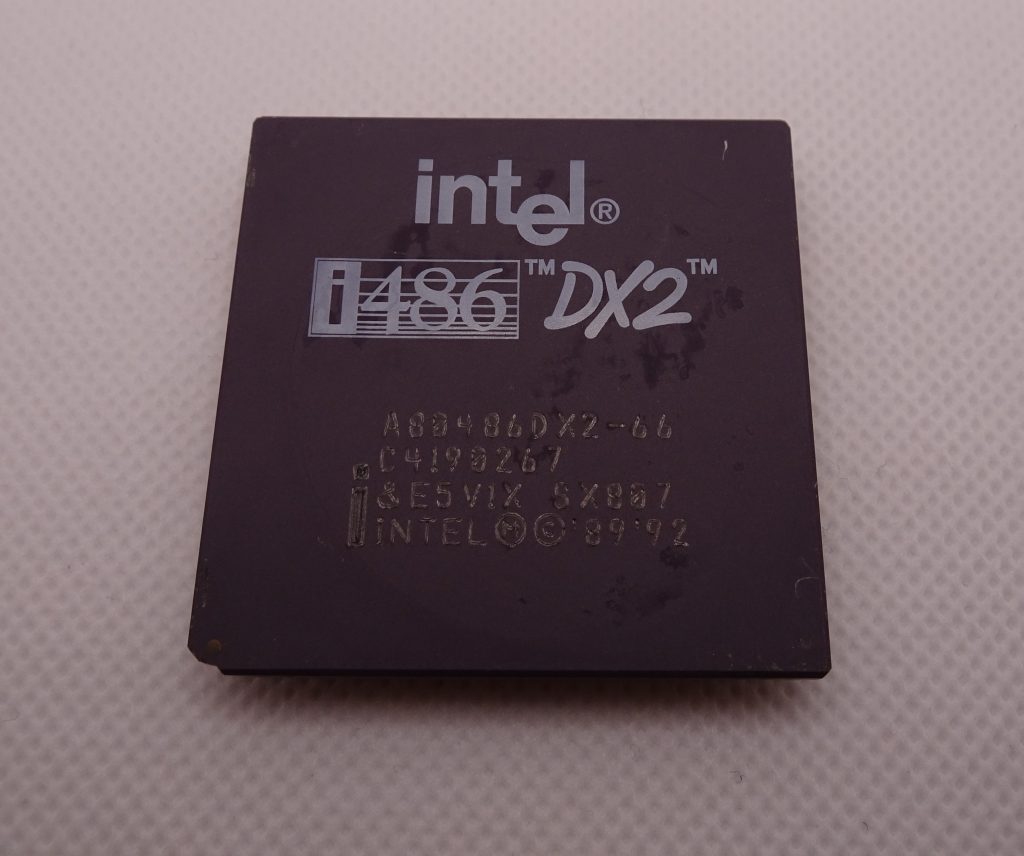Texas Instruments has a nice selection of motor driver ICs. Where in the old days you’d often have to make your own H-bridge out of discrete transistors, figure out how to drive their gates, and then generate the right signals to spin up, reverse, brake or coast your motor, nowadays you can get all these functions integrated into a single chip. Today we’ll look at the DRV8876, which is a rather small chip that can nevertheless dump up to 3.5 A into a motor’s windings.
